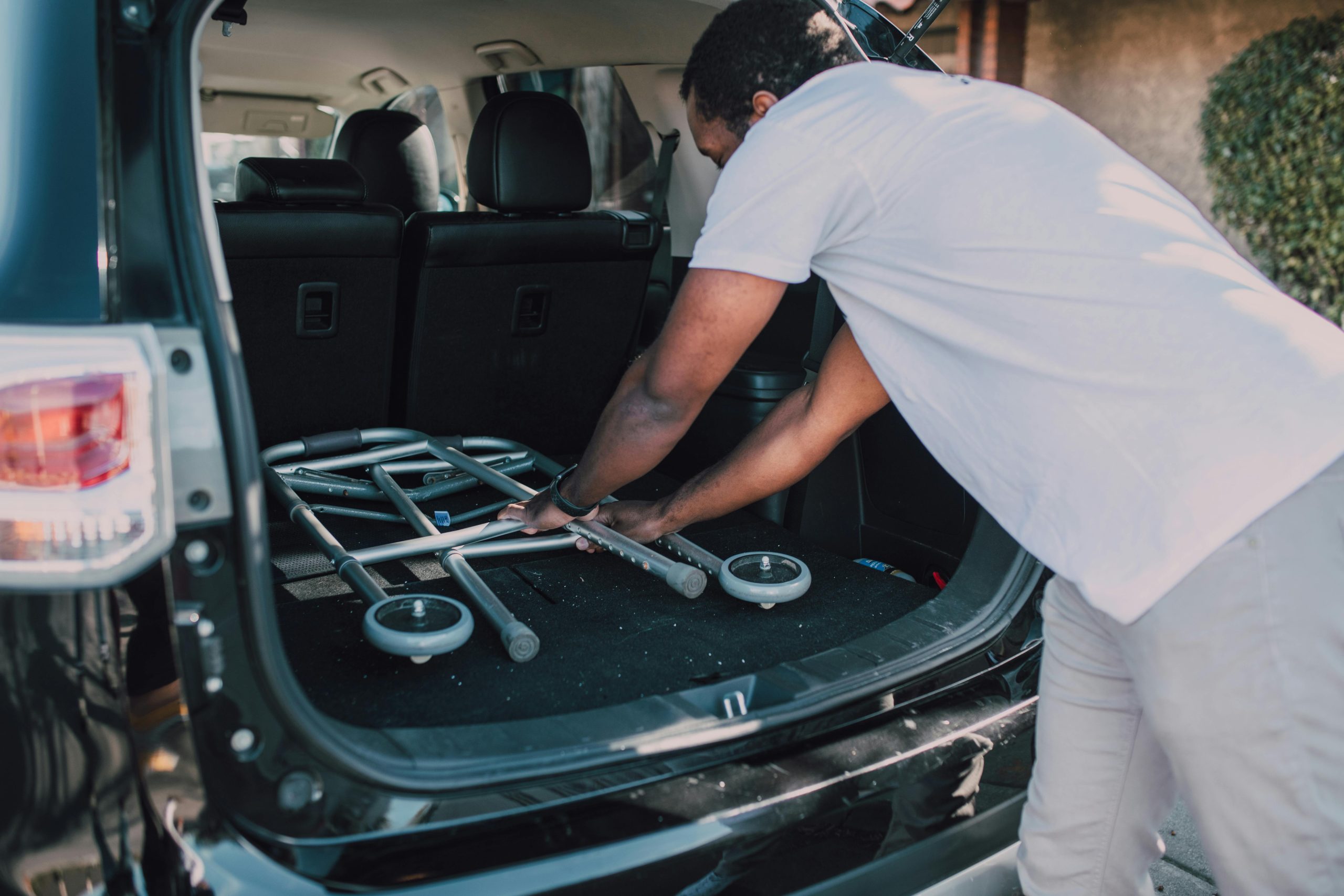Troubleshooting Boot Issues with an SSD: A Comprehensive Guide
If you’ve recently upgraded your system or moved an SSD from one computer to another, you might encounter issues booting from that drive. This is a common scenario reported by users, and it can often be resolved with a little troubleshooting.
The Situation
I have a Crucial MX500 1TB SSD that I’ve migrated from a previous build. While the BIOS correctly recognizes the SSD as a storage device, I am unable to boot from it. My motherboard is an Asus TUF X570 Plus, and I am currently using BIOS version 1405. Although I planned to perform a clean installation of Windows on this drive, I’m puzzled as to why I can’t boot into it, especially since I’ve executed similar tasks without issue in the past.
Possible Challenges
This dilemma can arise due to several factors:
-
Existing Windows Installation: Since the SSD was previously used in another setup with Windows already installed, it may carry configuration settings that don’t align with your current hardware. This can lead to compatibility issues during the boot process.
-
BIOS Settings: Ensure that the BIOS settings are configured to prioritize the SSD as the primary boot device. Sometimes, switching settings like Secure Boot or Legacy Mode can help.
-
Connection Issues: Double-check that your SSD is securely connected to the motherboard and power supply. A loose connection can hinder the system’s ability to detect the drive correctly.
-
UEFI vs. Legacy Boot: Many modern systems utilize UEFI boot mode. If the SSD was set up with Legacy support in the past, trying to boot from it in UEFI mode could create conflicts. Adjusting this setting in the BIOS may resolve the issue.
-
Corrupted Boot Files: If the existing installation on the SSD is corrupt or not compatible with your current hardware, it could prevent the system from booting up.
What You Can Do
-
Access BIOS: Restart your computer and enter the BIOS setup. Navigate to Boot Options and ensure that the SSD is selected as the primary boot device.
-
Reinstall Windows: If possible, back up any important data and proceed with a clean installation of Windows on the SSD. This will ensure that the drive is correctly configured for your current hardware.
-
Check Compatibility: Verify that your motherboard supports the SSD and any relevant updates are applied. It’s worth checking for BIOS
Share this content:



